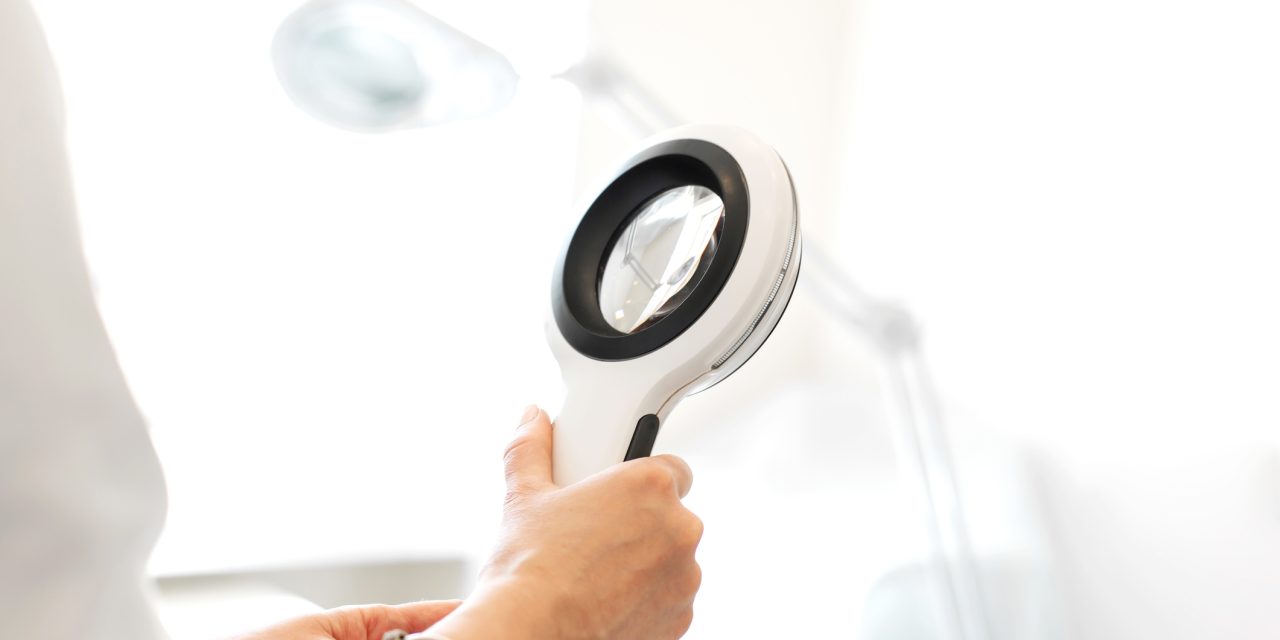Psychocutaneous disease affects an underrecognized patient population facing misdiagnosis and a reduced quality of life due to knowledge gaps and insufficient awareness. Clinicians worldwide serve as pioneers in offering specialized care for affected patients through the development of combined clinics. Results yield a framework needed to expand availability and ultimately improve patient outcomes.
To report key findings generated from an in-depth analysis of available literature, highlight the importance and benefits of providing multidisciplinary care, and provide structural evidence of existing liaison clinics for more widespread future application.
To identify data from inception to November 12, 2019, a search was conducted in PubMed and Google Scholar using the following search strategy: psychodermatology clinic OR psychodermatology liaison OR psychodermatology combined OR psychocutaneous clinic OR psychocutaneous liaison OR psychocutaneous combined OR psychiatry dermatology combined OR psychiatry dermatology clinic. Studies were excluded if they were single-patient case reports; if information regarding the number of patients, clinic setup, and presenting conditions was not provided; and if the reports were published in a language other than English.
A total of 932 studies were screened, and 23 were retained after removal of duplicates and application of inclusion criteria. The combined clinics, varying in structure, design, and setting, provided collective data from 1677 patients in 12 countries worldwide. Results indicate that patients experience barriers in gaining access to care and clinicians lack appropriate knowledge and resources for proper diagnosis and treatment. The implementation of combined clinics provides a cost-reducing avenue in the management of dermatologic disease and psychosocial comorbidity by limiting inaccurate diagnoses, ineffective treatments, unnecessary referrals, and “doctor shopping.” Increased patient satisfaction or improved patient outcomes after the use of holistic treatment with pharmacologic and nonpharmacologic therapies was reported by 20 included studies (87%).
Examined data from the included clinics illuminate the increased need and demand for specialized care. The ability to provide high-quality integrative patient care, potential utility in medical education, and findings of reduced health care expenditures reflect the need for health care leaders to expand specialized care as key for moving forward. Practical clinic models consist of a well-informed dermatologist for identification of psychocutaneous disease, referral if needed, and treatment based on the physician’s individual comfort level. Involvement of multiple specialists, including psychiatrists, psychologists, and residents and preferably within teaching institutions, in consultations and management-related discussions is recommended.
Multidisciplinary and Holistic Models of Care for Patients With Dermatologic Disease and Psychosocial Comorbidity: A Systematic Review.


